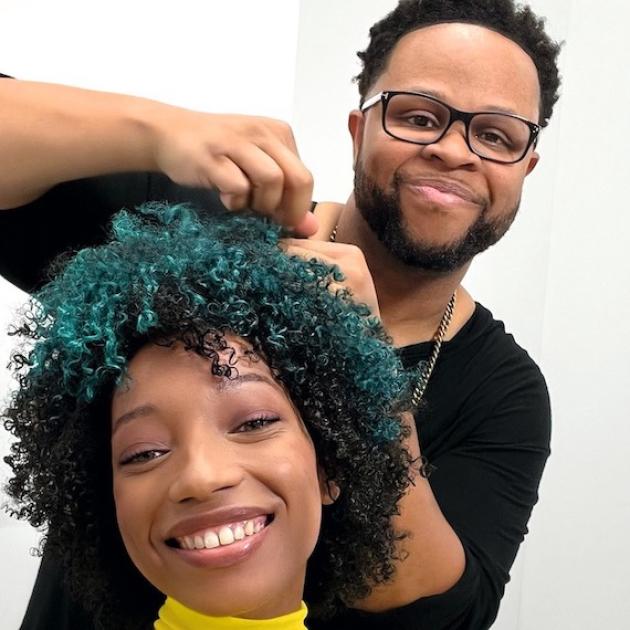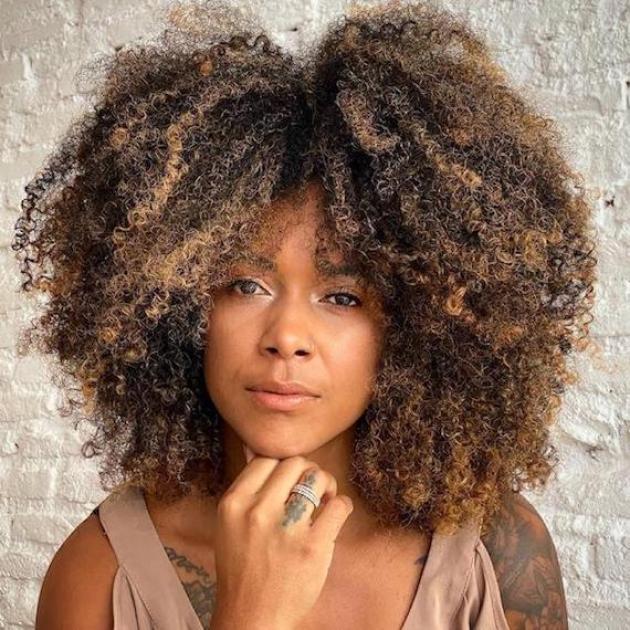How to Repair Damaged Curly Hair

Curls are at their bounciest and most defined when they're beautifully hydrated, but the nature of curly hair means that dryness and breakage can be all too common problems. So how can you help your client reclaim their natural curl pattern when curly hair damage takes hold? Whether from wear and tear, too much heat, harsh chemicals or genetics, damage can happen to all curly hair types. Here's how to nurture them back to health…
1. Try Gentle Cleansing with a Co-Wash
The curly community hails the benefits of co-washing – and for good reason. This clever cleansing trick is a gentler alternative to shampoo that leaves curls free of impurities while enhancing hydration. The idea is that, instead of using a wash that lathers, you massage a low-foam cream into roots and lengths. But it can't just be any cream; it needs to be a cleansing conditioner, like the NutriCurls Cleansing Conditioner. This low-foam formula is specially formulated to delicately purify curls, all while maximizing moisture and defining the shape of each and every ringlet. Your client can use it for every wash or, to get the ideal balance of cleansing and hydration, alternate it with a still-nourishing yet more traditional shampoo.
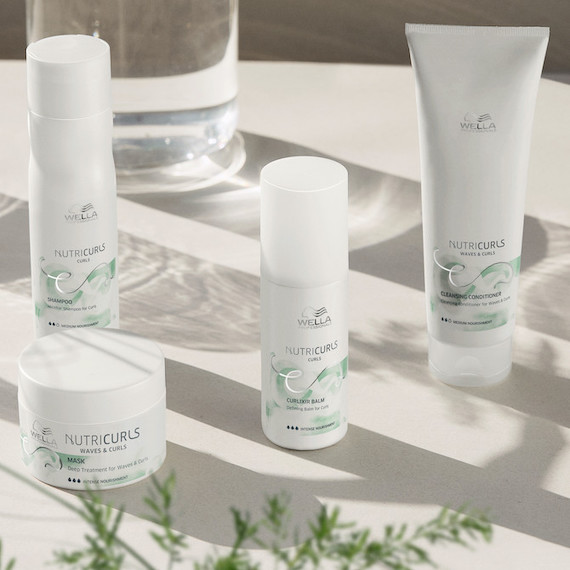
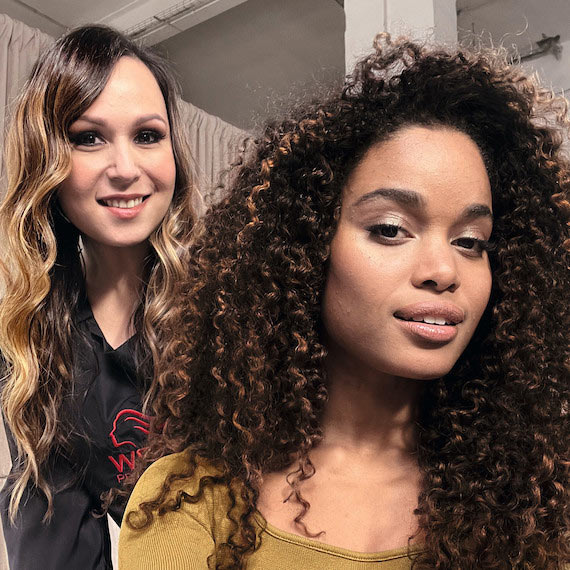
2. Treat Deeply Damaged Curls to a Reparative Shampoo
If your client’s curls are deeply damaged, an intensely reparative shampoo is needed. Recommend they try ULTIMATE REPAIR Shampoo to nourish strands from the inside out. It’s suitable for all hair types – meaning curls and coils are perfectly cared for – and features a luxurious lather that leaves locks bouncy and moisturized. It’s also infused with Metal Purifier, which means it neutralizes any metals that are lurking in the hair. So, if your client lives in a hard water or polluted area, their curls will defy the damaging effects.
3. Hydrate Curls with Deep Conditioners
Every curly hair kit needs a deep conditioner to restore hydration. Not only should it boost moisture levels, but its goal is to reduce frizz and leave curls touchably soft. No matter what curl type you're working with, try the ULTIMATE REPAIR Conditioner, with a creamy texture and a blend of AHA and Omega-9 that works to repair the internal hair bonds. Tell your client to apply it on ‘regular’ hair wash days, to clean, towel-dried hair. They can even boost its effects by wrapping locks up in a warm towel while the Conditioner absorbs. Then, as a weekly treat, they should add the NutriCurls Deep Treatment, which is an intensely nourishing mask packed with Jojoba Oil and Panthenol to revive damaged curls. Another great option is INVIGO Nutri-Enrich Mask, designed to deeply moisturize stressed-out strands when dryness is your client’s biggest hair challenge.
4. Wrap Hair Up in a Microfiber Towel After Washing
After washing their hair, tell your client that they mustn’t simply rub it with a rough towel. This can increase hair breakage. Instead, they should blot moisture out of the hair, then wrap it up in a microfiber towel. These gentler towels are easy to find and keep curls protected when it's wet. After all, wet curls are more vulnerable to damage, meaning they need extra TLC.
5. Apply a Leave-In Treatment to Rebuild Hair Strands
Damaged curly hair has a tendency to be highly porous, meaning there are gaps and tears along the cuticle through which moisture can escape. Because of this, leave-in treatments are essential for your curly-haired clients; they stay on strands for longer than a rinse-out conditioner, keeping nourishment intact in between washes. To take the effects even further, introduce them to ULTIMATE REPAIR Miracle Hair Rescue, which harnesses the latest in anti-damage technology. The weightless mist repairs the hair in just 90 seconds*, so your client’s curls are 12x smoother** with 99% less breakage***.
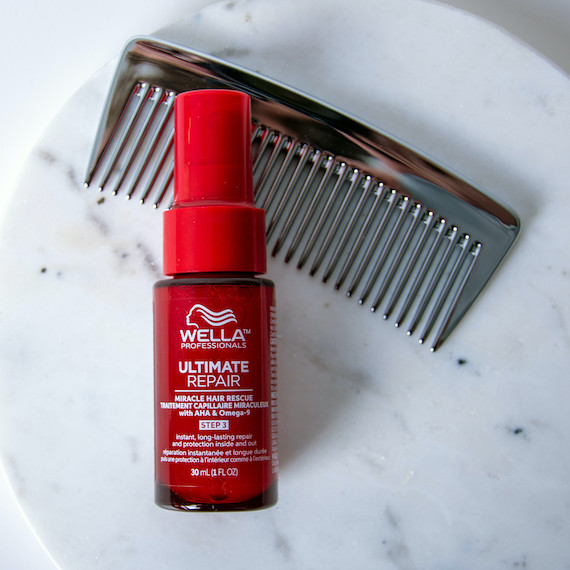
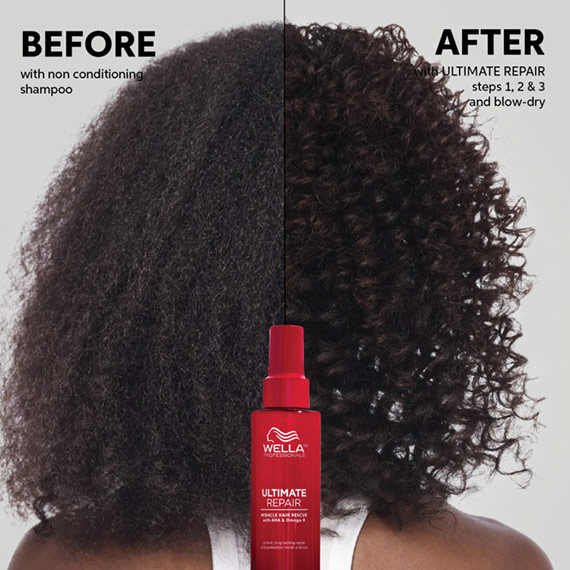
6. Use Styling Products with Added Nourishment
Your client needs styling products that do more than simply tame their mane; their curls crave stylers that offer moisturizing ingredients for 2-in-1 benefits. Take the NutriCurls Curlixir Balm, for example. It defines the shape of each and every curl, but it also provides intense nourishment, so strands don't dry out throughout the day. Then there's the Milky Waves Nourishing Spray; a lightweight, hydrating mist that makes locks more manageable, and can be topped up for a little extra gloss when it’s needed (like a facial spritz for curls). Perfect for use when blow drying curly hair, they can be layered with Miracle Hair Rescue for the ultimate care and styling combo.
7. Make Sure Heat Protection is Used
As well as nourishing styling products, your client needs a heat protection spray in their kit. This should go on after stylers, and directly before blow drying, straightening or curling hair with heated tools. Tell them to pick a lightweight formula, so it won't drag their curls down or make their hair feel heavy. Our go-to is EIMI Thermal Image, which offers a bi-phase formula for shine plus shielding from heat up to 220 degrees celsius. All they need to do is shake the bottle, then mist from root to tip for perfectly prepped strands.
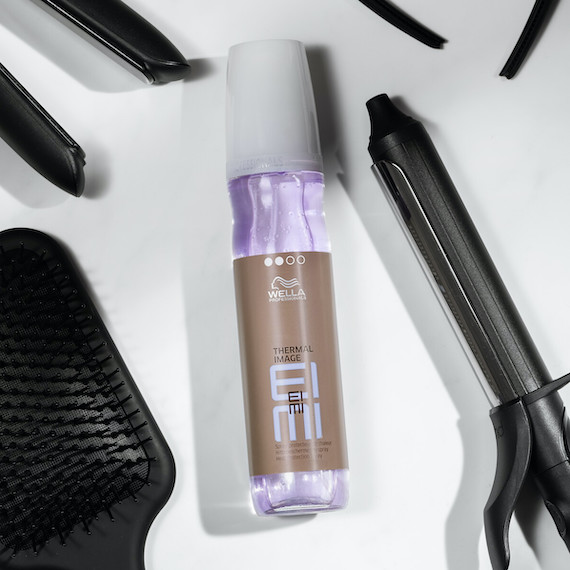
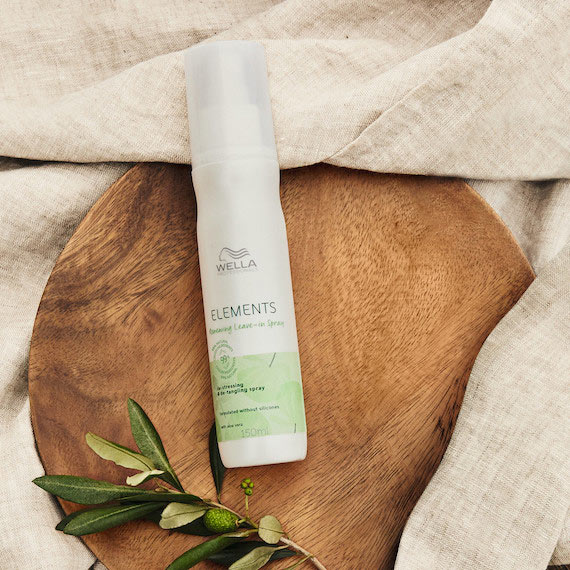
8. Slow Dry Hair for Added Moisture
Yes, you read that right – we said slow dry (not blow dry). While blow drying curls with a diffuser can help to reduce frizz, slow-drying locks is the gentlest way to get curls ready for styling. It's like air-drying, except strands are pinned up while they're damp, usually with a little leave-in conditioner in there for added nourishment. They're then left to gradually dry while the conditioner absorbs. This can take a while, but the frizz-free finish and the hydrating benefits are worth the wait. Not sure what product to suggest? Try the Elements Renewing Leave-In Spray, which can be misted through mid-lengths and ends before hair is pinned into a bun (or a few buns, if curls are thicker). This is also a great time to experiment with natural hair styling methods, such as rake and shake curls, plopping waves or pineappling curls.
9. Turn to Protective Hairstyles to Shield Strands
A protective hairstyle is used to shield your client’s curls from further damage. If they’re a fan of hair straighteners, curling irons or too-vigorous coiffing, a protective style is sometimes needed to give their hair a well-deserved break. Some of the safest they can opt for include twisted buns and braids, which are easy to do and don't require heat or pulling in order to be styled. Wigs and weaves are also a great option, as they cover the hair while it's under repair. This also means your client can work any look they like without stressing out their natural curls.
Damaged Curly Hair FAQs
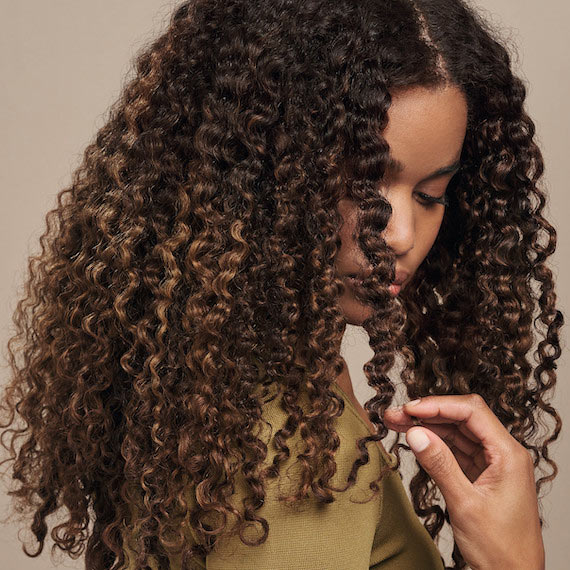
When your client comes into the salon with curly damaged hair, they may have a few questions about how to fix it – and we’ve got the answers. These are some of the most frequently asked questions we hear when it comes to stressed-out curls…
What Does Curly Hair Damage Look Like?
Some clients might not even know their curly hair is damaged. So how can they spot signs of stress? These are the symptoms they should be looking out for:
- Dullness and dryness.
- Changes in their curl pattern.
- Split ends and a rough texture.
- Breakage through the lengths.
- Excess frizz.
- Resistance to hydrating products.
If your client is experiencing one – or even all – of these signs of damaged curly hair, quick repair is needed to get their tresses back on track.
How Long Does it Take for Damaged Curly Hair to Repair?
The answer to this depends on just how damaged your client’s curly hair is. Restoring nourishment may take a matter of weeks, or it could even be months. What’s important is that your client stays consistent with the hair care routine above, and books in for regular trims to keep on top of the damaged lengths and ends. Over time, they’ll notice the signs of damaged curly hair start to disappear, as locks go back to their healthy, shiny and bouncy best.
How Often Should You Wash Damaged Curly Hair?
Everyone has their own hair wash routine that works uniquely for them, but if your client hasn’t figured theirs out yet, encourage them to invest in a little trial and error. They don’t want to be washing their curls too often, as they may be stripping moisture from their strands, but they also need to be shampooing frequently enough to purify their scalp. As a general guideline, advise them to wash their curls at least once per week. If their hair is prone to oiliness or build-up, they can lather up more often to keep curls clean and fresh.
Is it Better to Wash Damaged Curly Hair with Hot or Cold Water?
No matter if the hair is straight or curly, healthy or damaged, hot water is a no-go. It can strip the hair of natural oils and cause further damage. But this doesn’t mean your client wants to wash their hair with cold water; it won’t effectively remove their shampoos and conditioners. Instead, they always turn the tap to lukewarm; the perfect hair washing temperature for all hair types.
Looking for more ways to help your client care for their hair? Discover our complete collection of Hair Care Guides, featuring tips for every type and concern.
* When using ULTIMATE REPAIR Miracle Hair Rescue.
** Vs. non-conditioning shampoo.
*** When using ULTIMATE REPAIR Miracle Hair Rescue. Instrumental test versus non-conditioning shampoo.

